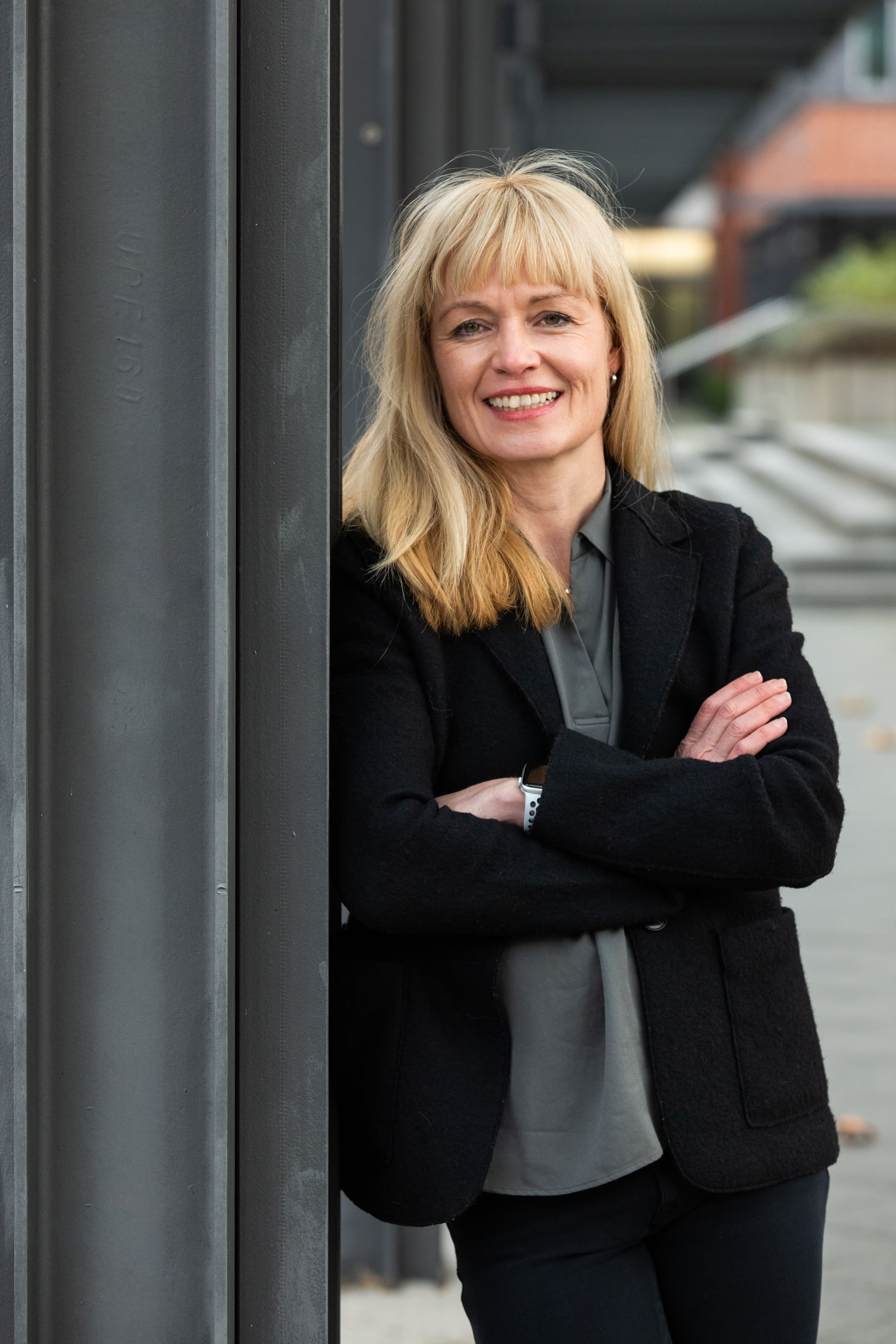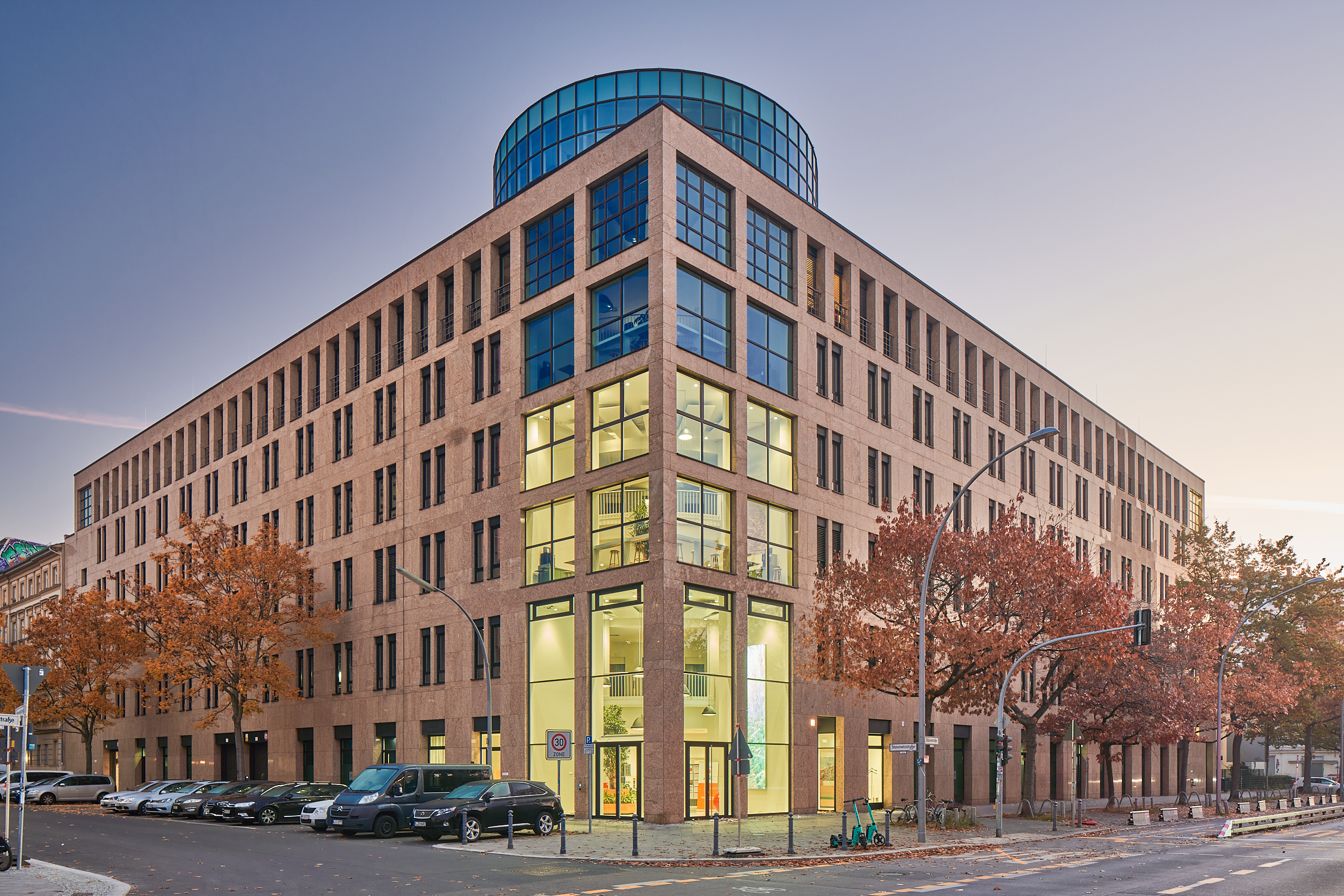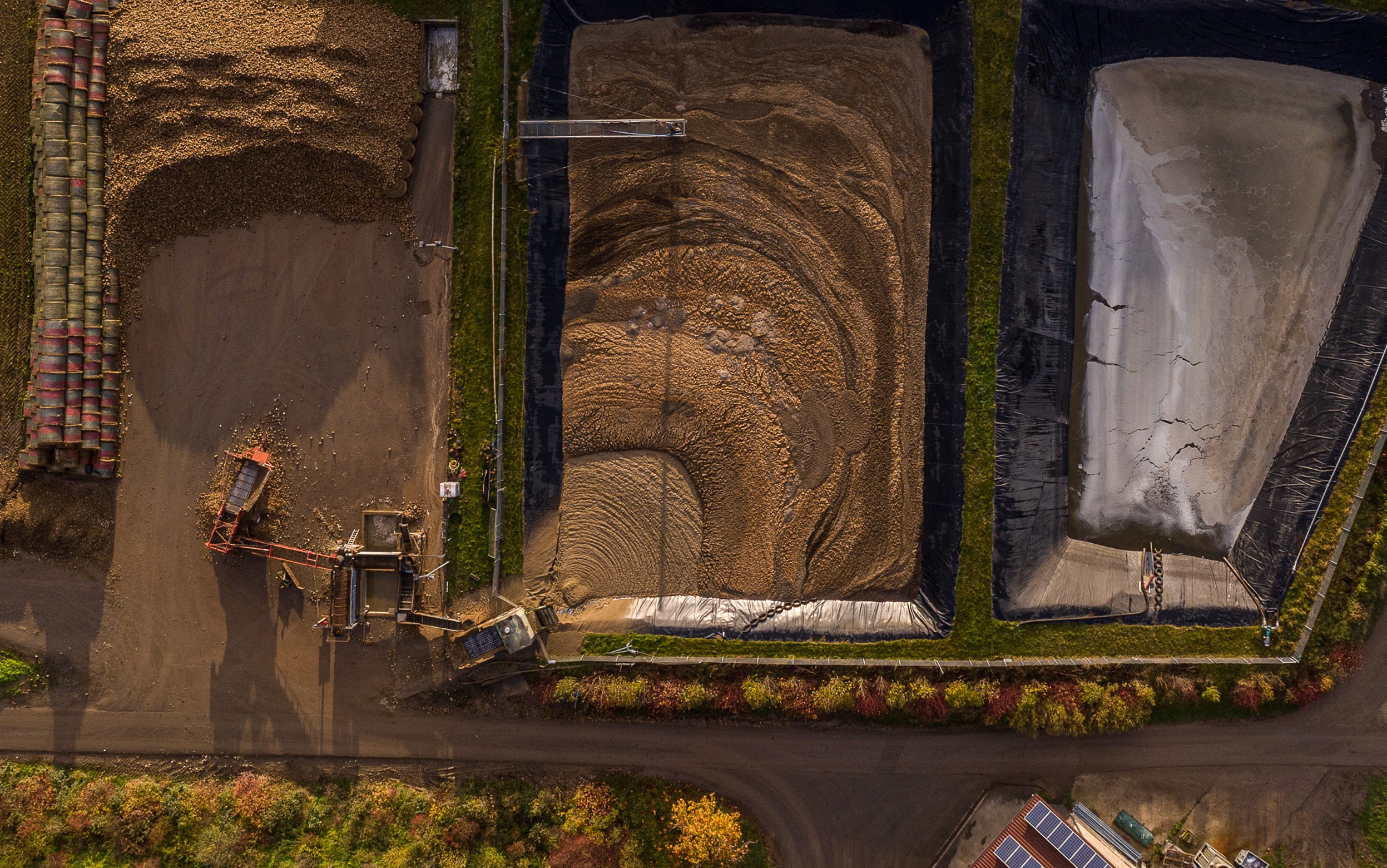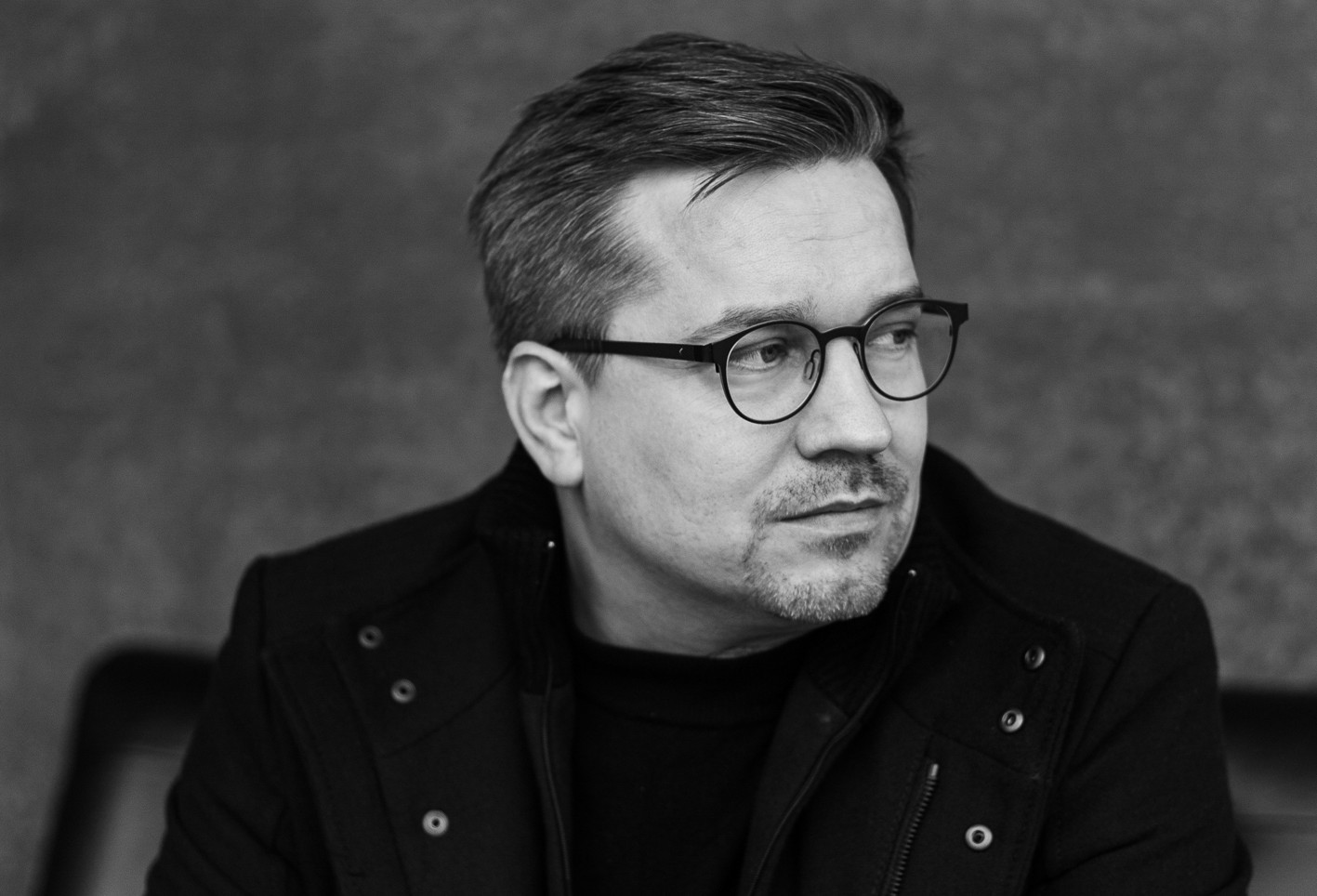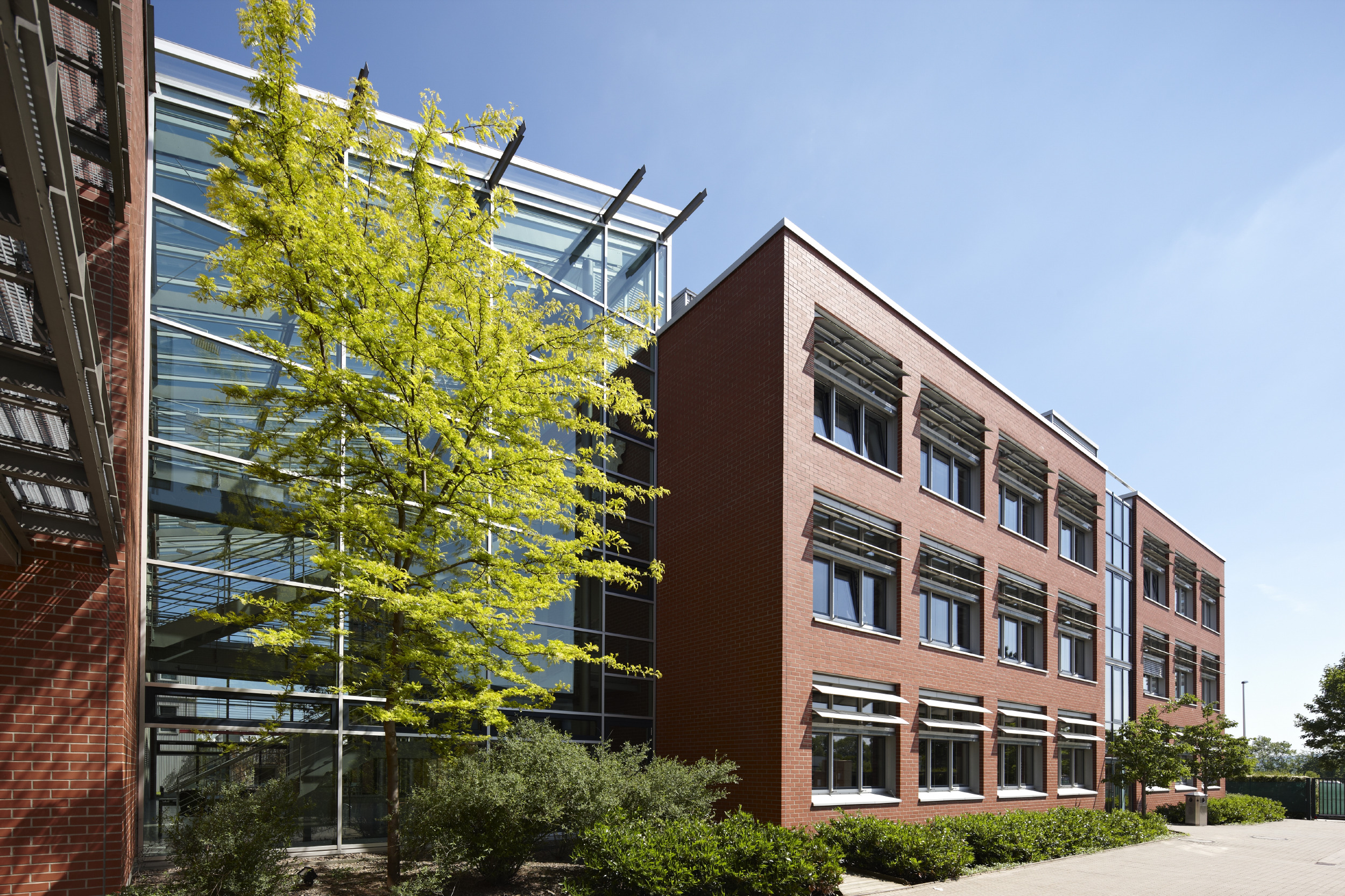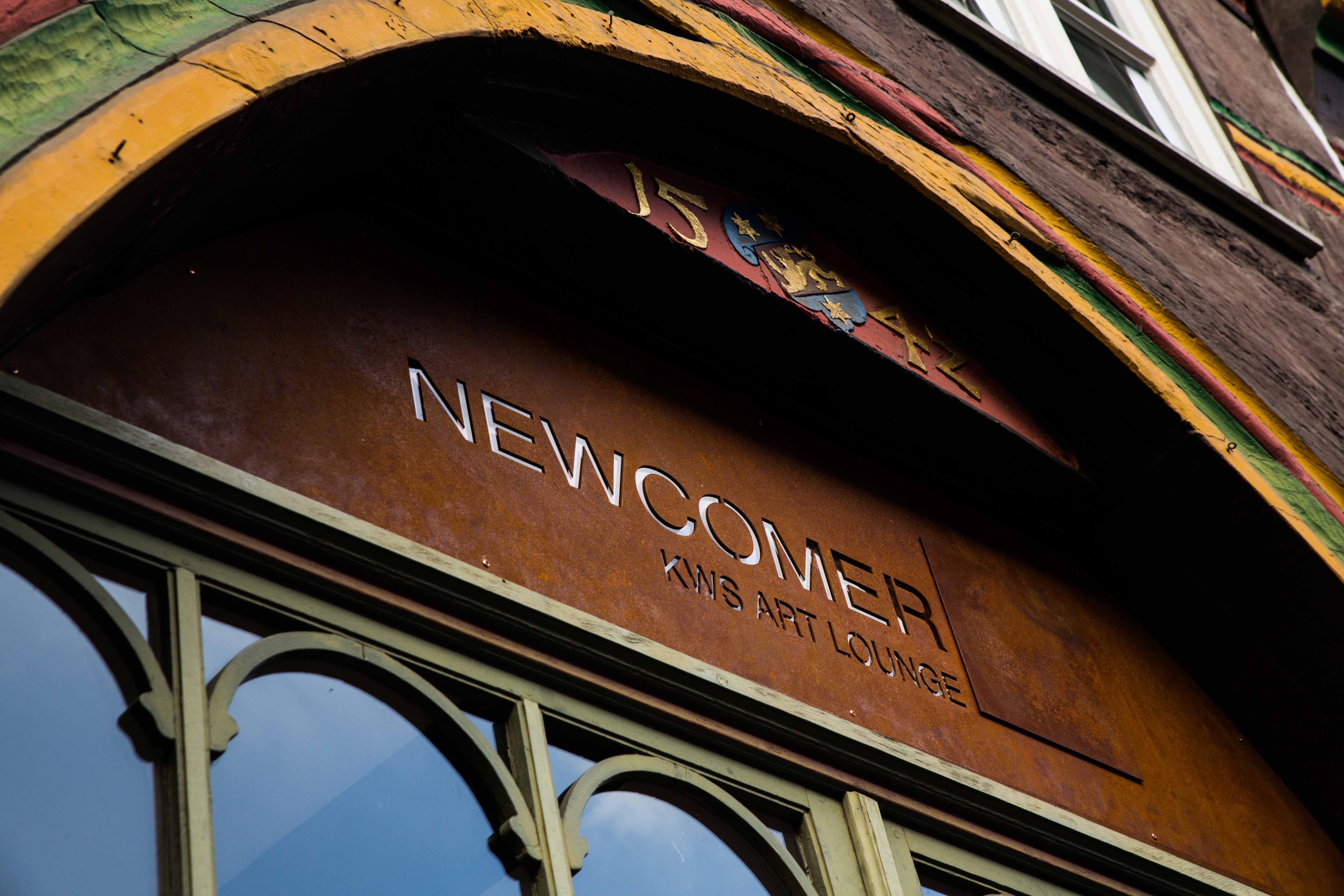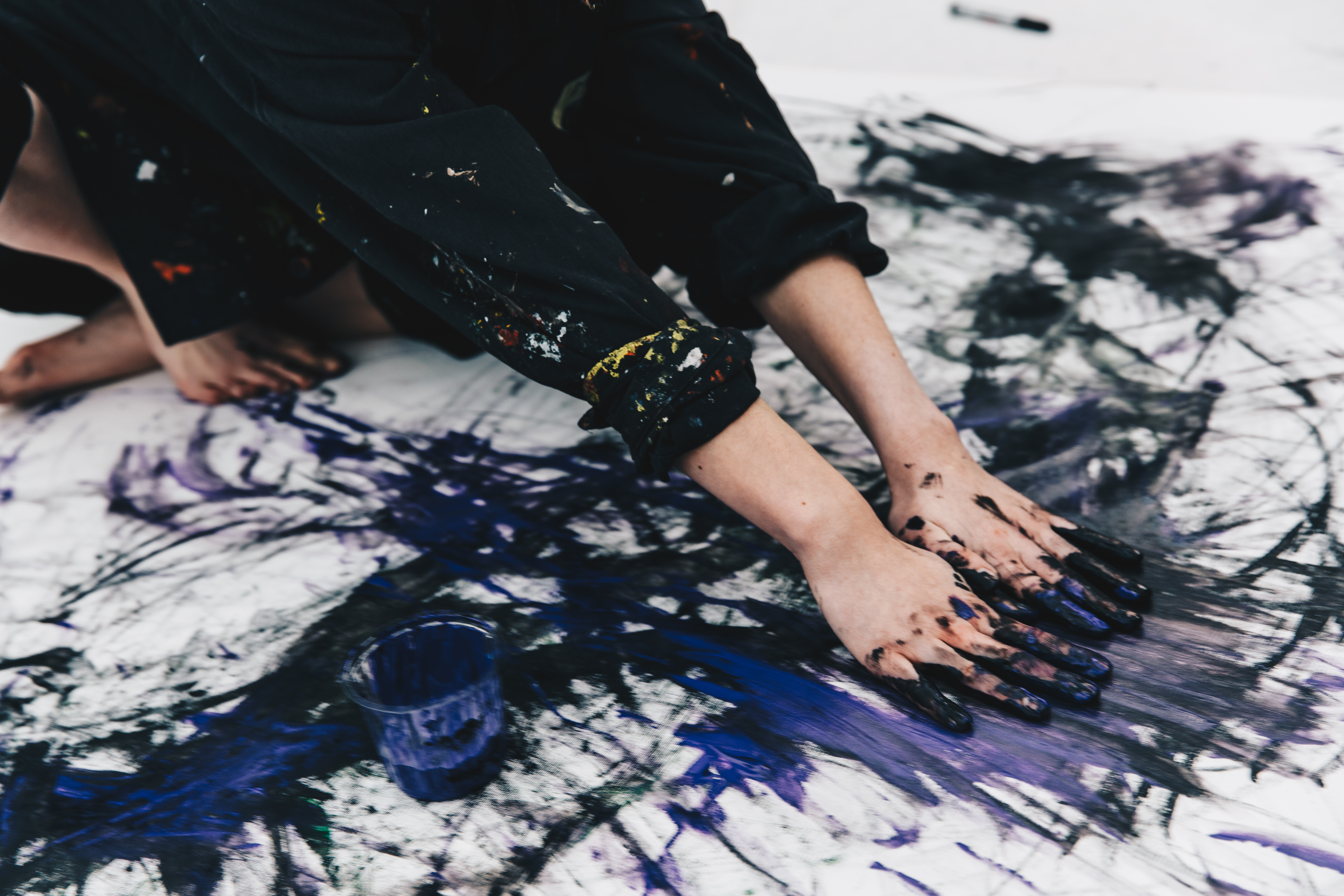Art in the Kontor - Roman Thomas
The creative way to bring agriculture to Berlin!
Photography as the medium of choice
We have succeeded in developing a concept that combines art with the diversity of tasks and activities in the field of agriculture, research and breeding at KWS and in bringing it to the Kontor in Berlin, where it now creates atmosphere, fascinates, but also informs, thus enriching the working environment and our daily work. While developing the concept, it became clear pretty fast that the medium for this task could only be photography!
Photography – poetically also „painting with light“: By combining light, space, and nature purposefully, the photographer manages to create a unique atmosphere around a motif.
Each floor of the Kontor is thus given its own theme
From different photo shoots, which took place at certain seasonal periods of different crops in the field, as well as from the work areas of research in the laboratory and breeding in the greenhouses, we have made a selection from over 500 pictures of the artist and photographer Roman Thomas.
About the artist – Roman Thomas
Roman Thomas has been living and working as a freelance photographer in Celle since 1999. The focus of his work is on the areas of fashion, industry, and architecture. Since 2010, he has been pursuing his artistic activities with various group and solo exhibitions. He has been receiving numerous awards and is a member of the Federal Association of Visual Artists.
For the artist and photographer, urban space plays a very central role in relation to the human individual. The combination of agriculture, nature and the urban space of the city presented him with a new fascination, which he expresses in this exhibition.
"It’s this contrast between a city of millions and the human loneliness of the individual in our current society that fascinates me again and again!"
- Roman Thomas
Discover more
Your contact
